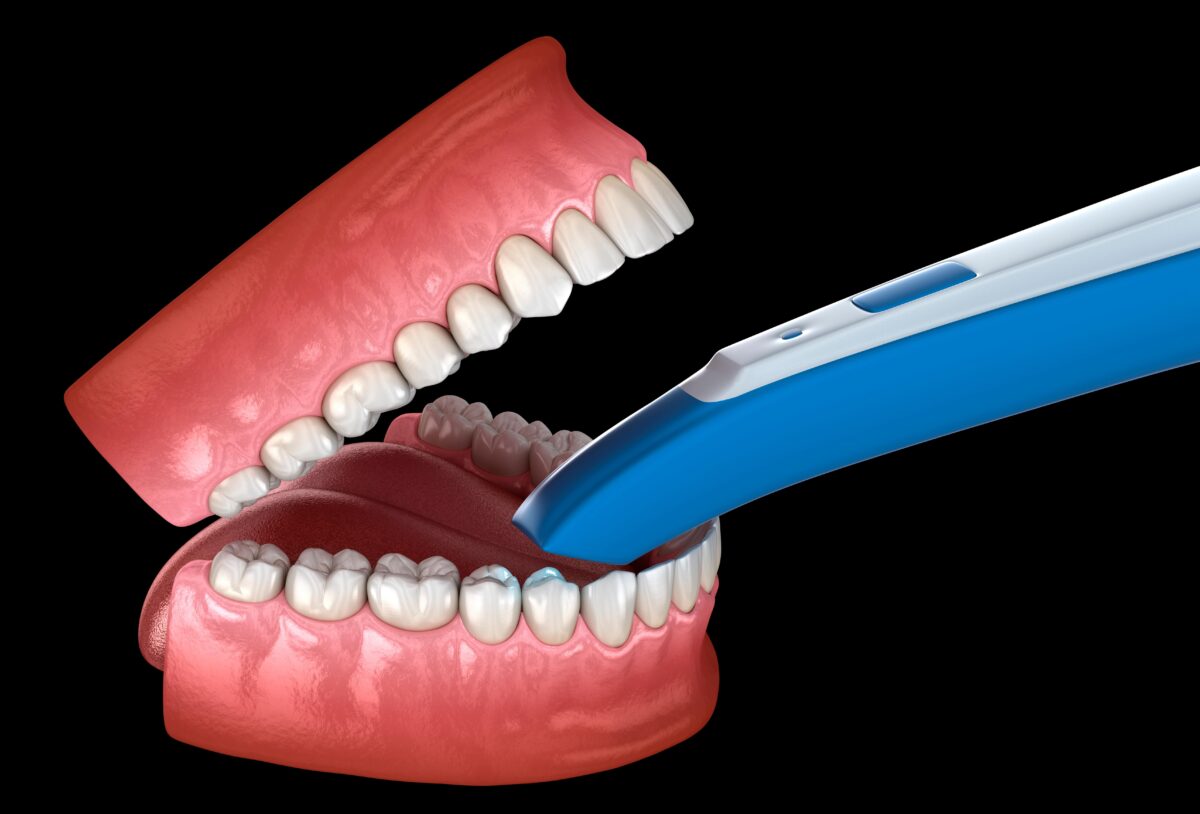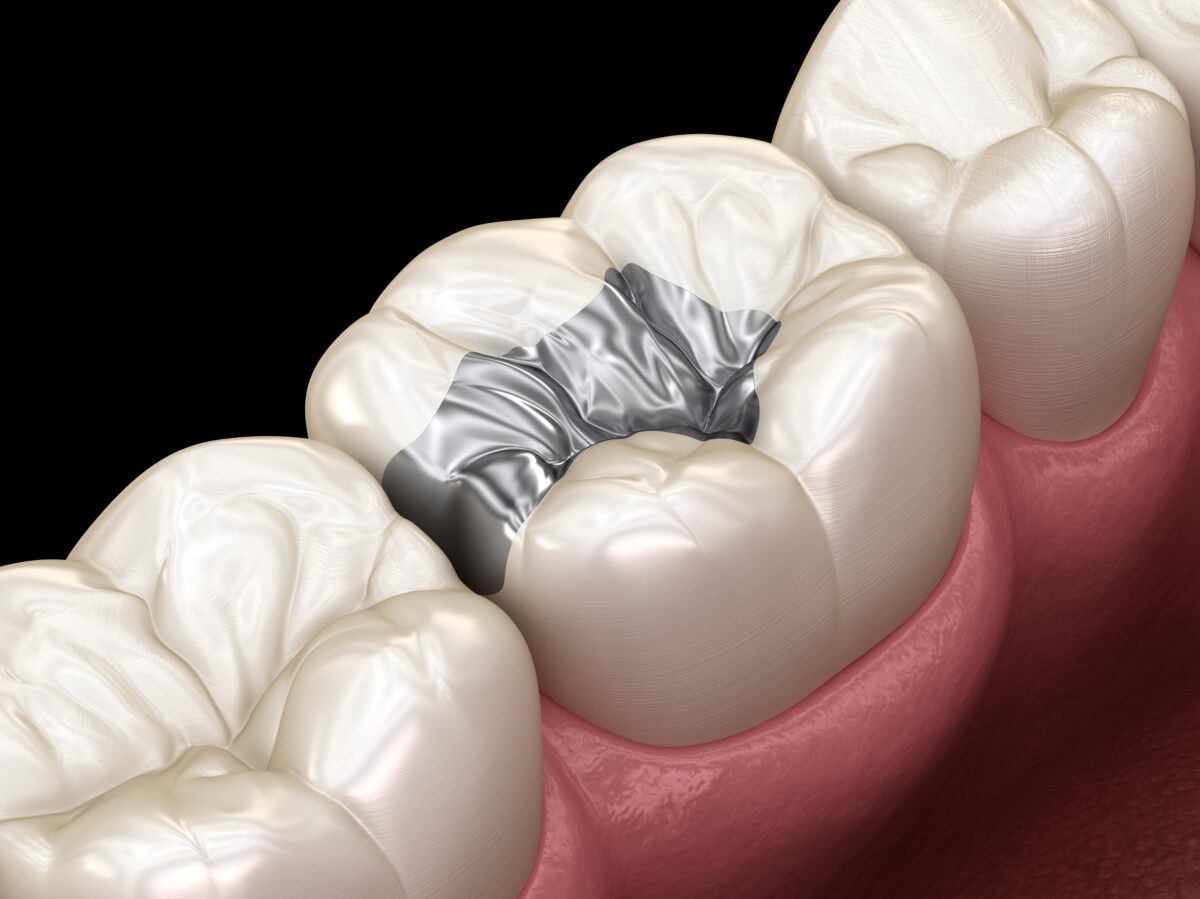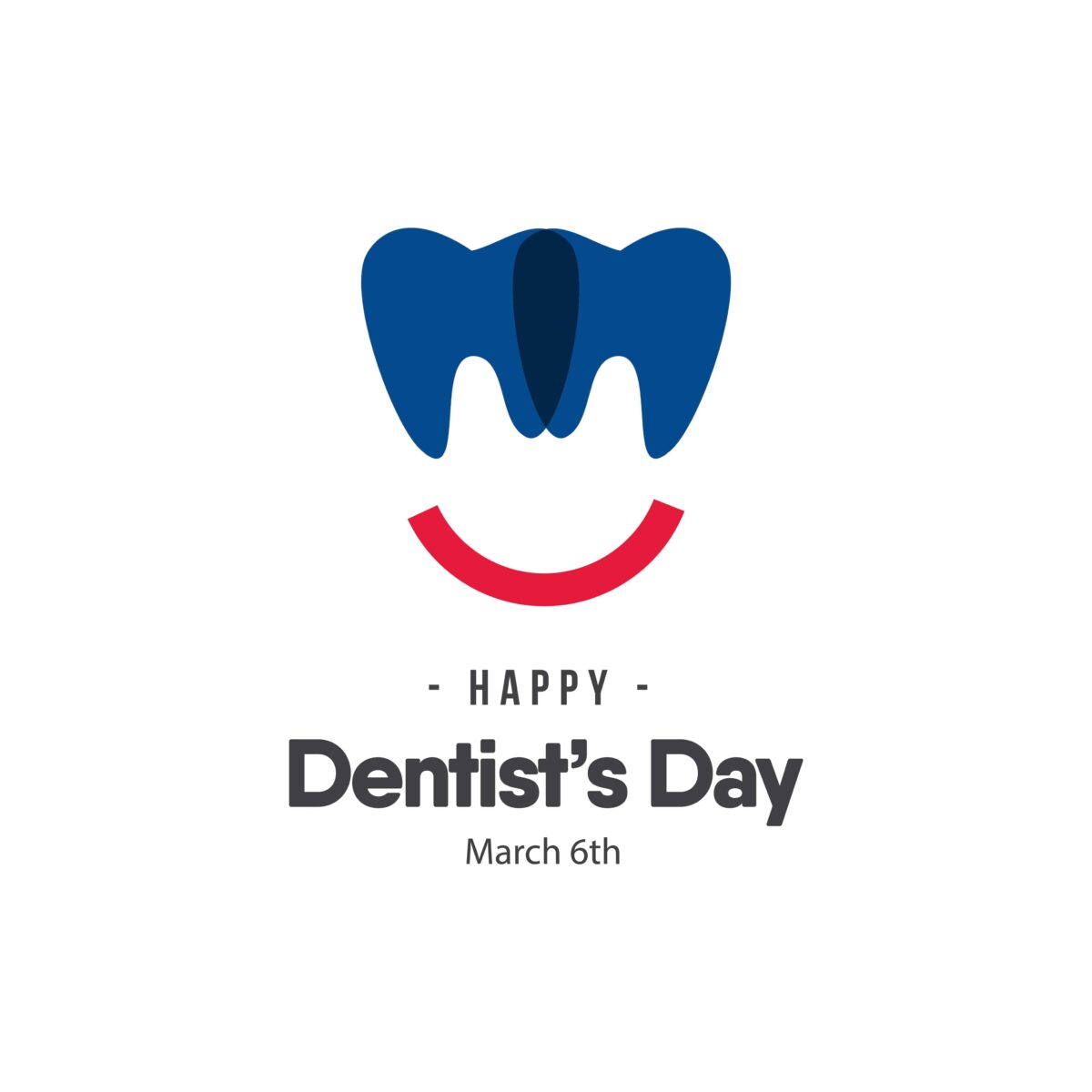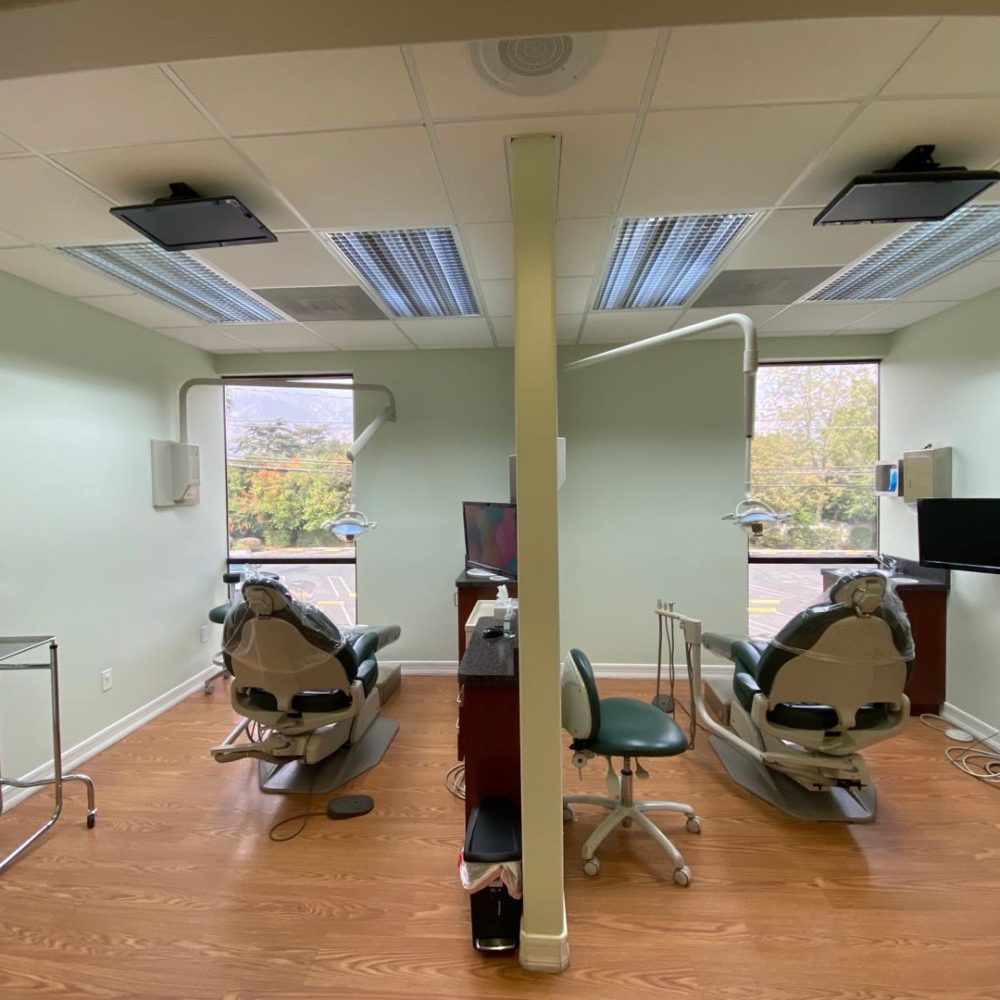If you’re like many people, you may not know the differences between inlays and onlays and when each is used. Whether you need one or both of these treatments—or neither at all—will depend upon your specific dental needs. We want to make sure that everyone understands what exactly an inlay or onlay does for their teeth, so here’s everything you need to know about these restorative procedures.
What are Inlays and Onlays and How Do They Differ From Fillings and Crowns?
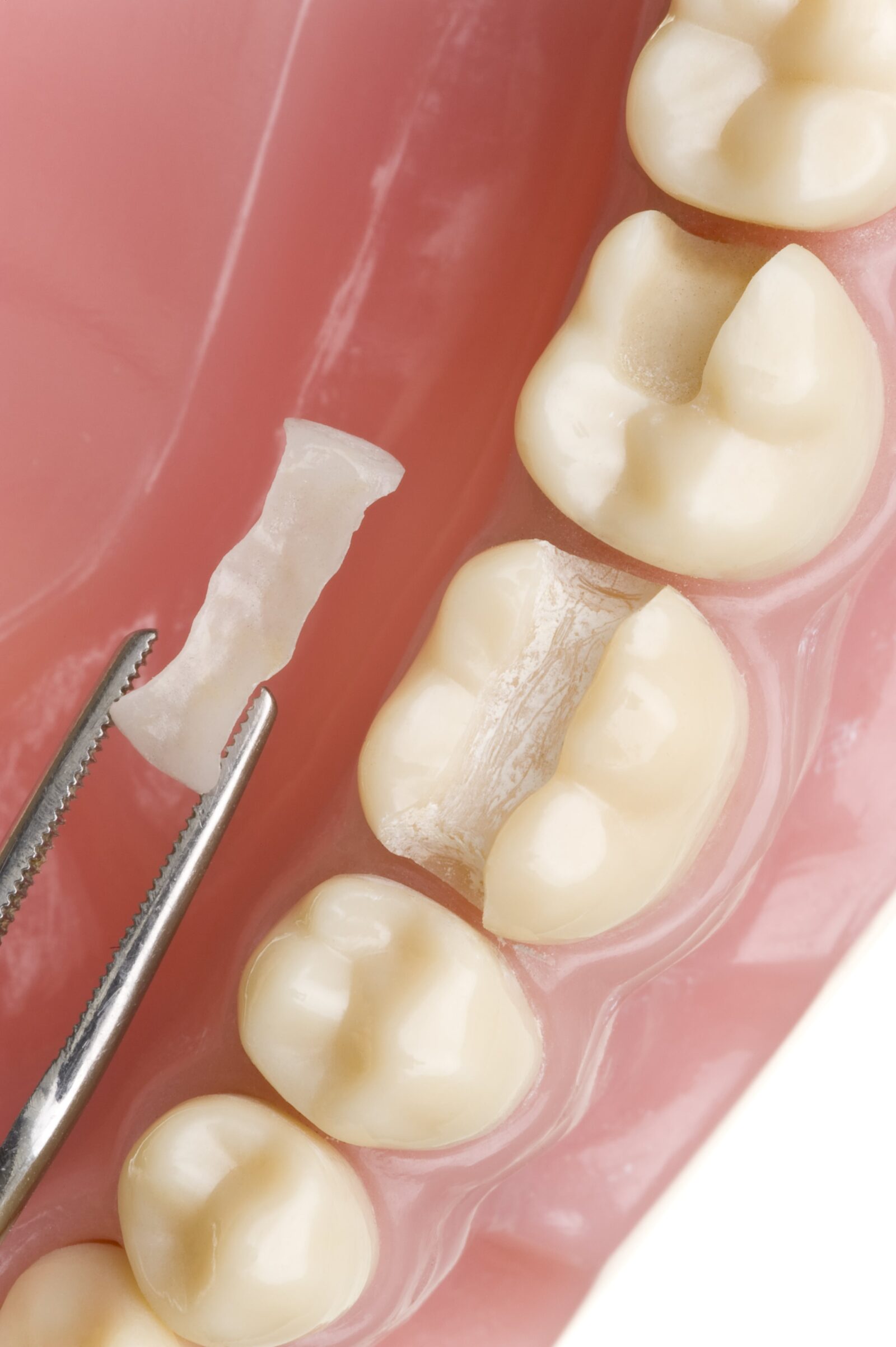
Inlays and Onlays are dental treatments used to restore damaged or decayed teeth. They work much like a filling but provide more support because they are custom made and adhere to the surface of the tooth. Composite fillings are direct restorations, meaning that they are fabricated directly in the mouth by hardening composite resin to the affected tooth.
Inlays and onlays, on the other hand, are indirect restorations. This means that they are fabricated outside of the mouth by a dental laboratory and then adhered to the affected tooth. An inlay, which is made to fit between the bumps (cusps) of the tooth, restores the chewing surface of the tooth and prevents damage from further decay. An onlay restores more of the original tooth structure. It goes over one or more cusps, offering greater protection from additional decay and damage.
Both inlays and Onlays are a great option when more than just a traditional filling is needed, but when not enough decay is present for a crown. Dental crowns require that a significant portion of the natural tooth structure is removed in order to be placed. Therefore, dental inlays and onlays serve as a middle-ground solution between fillings and crowns.
Materials Used for Inlays and Onlays
The material used for these treatments will depend on your dentist’s recommendation, but can range from porcelain, gold or composite materials.
- Gold – Gold inlays/onlays have been used for decades and are known for their durability and long-lasting nature. They are usually made of high-carat gold alloy and are custom-made in a dental laboratory.
- Porcelain – Porcelain inlays/onlays are a popular option because they can be matched to the color of the natural teeth. They are custom-made to fit the tooth and are bonded to the tooth with dental cement.
- Composite resin – Composite resin is a tooth-colored filling material that can also be used to make inlays/onlays. This material is not as durable as gold or porcelain, but it can be a good option for smaller cavities.
When it comes to the material used for inlays and onlays, each material has its own pros and cons. Gold is often regarded as being superior due to its durability and ability to resist wear and tear, however it requires an intricate craftsmanship due to its malleable nature. It also is highly noticeable. Porcelain can be matched with the tooth’s natural color, but is brittle in comparison so there is a risk of breakage. Composite resin is also an option, but it may not last as long nor be able to withstand the same amount of pressure as the other options. At the end of the day, each material has its own set of advantages and disadvantages that need careful consideration before a final decision is made.
Steps Involved in Placing an Inlay or Onlay
Inlays/onlays can be placed using CAD/CAM (computer-aided design/computer-aided manufacturing) technology, which allows for a more efficient and accurate process than traditional methods. Here are the steps involved in placing inlays/onlays using CAD/CAM technology:
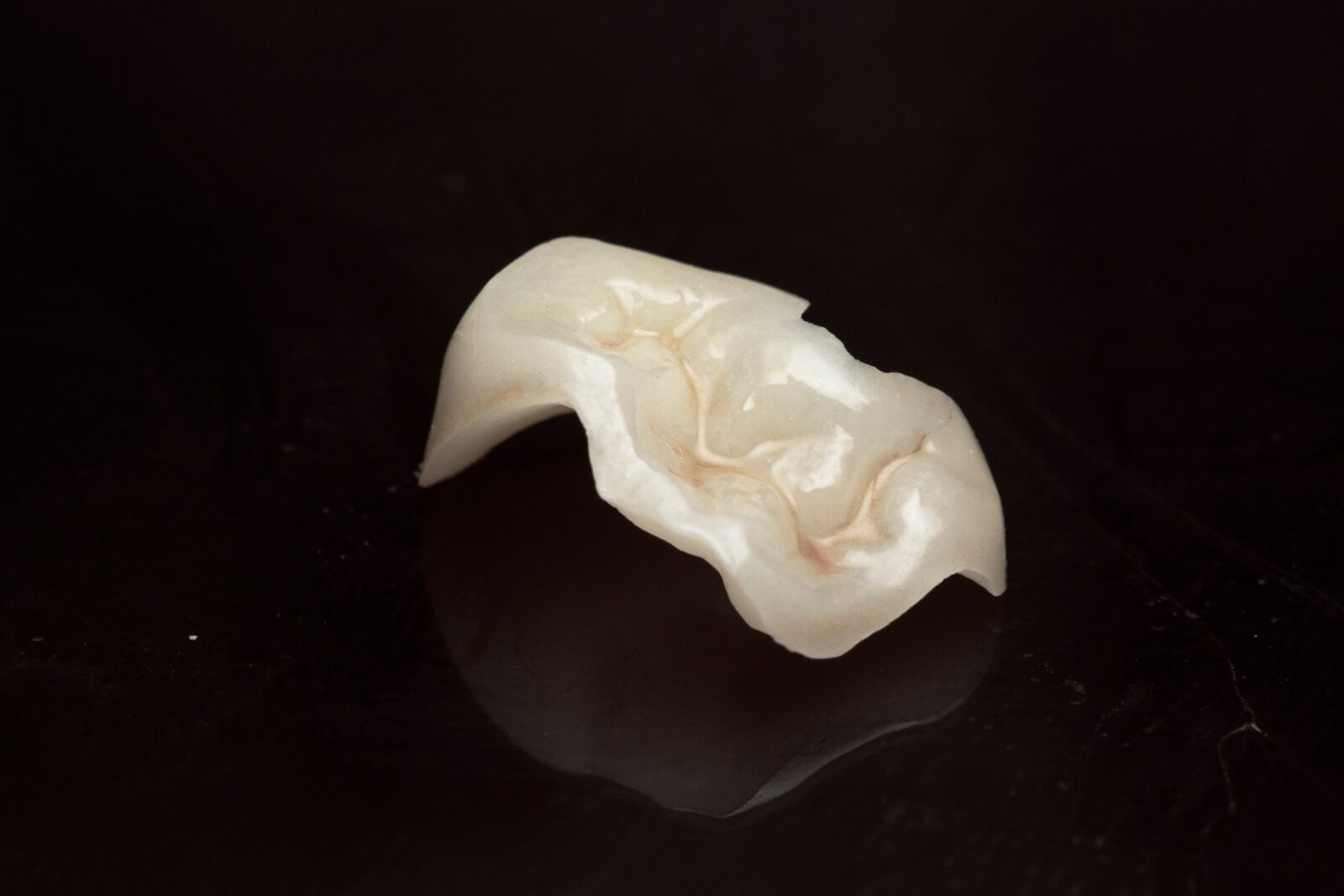
- Tooth preparation – The first step is to prepare the tooth by removing any decayed or damaged areas. The dentist will then use a small camera to take a digital impression of the tooth.
- Computerized design – Using specialized software, the dentist will create a 3D virtual model of the inlay/onlay based on the digital impression. The software allows the dentist to design a restoration that is precise and fits the tooth perfectly.
- Milling – Once the design is complete, the information is sent to a milling machine that will fabricate the inlay/onlay from a block of ceramic or composite resin material. The milling process is typically completed in just a few minutes.
- Placement – Once the inlay/onlay is complete, it is bonded to the tooth using dental cement. The fit of the restoration is checked and any necessary adjustments can be made before it is permanently cemented in place.
Using CAD/CAM technology to create inlays/onlays has several advantages over traditional methods. It allows for a more precise fit, reduces the need for multiple appointments, and eliminates the need for messy impression materials. Additionally, the process can be completed in just one visit to the dentist, which can be more convenient for patients.
How to Care for an Inlay or Onlay
Proper care and maintenance of your inlay or onlay can help ensure that it lasts as long as possible. Here are some tips for caring for your inlay or onlay:
- Practice good oral hygiene – Brush your teeth twice a day and floss once a day to remove plaque and food particles from your teeth and gums. This will help prevent decay and gum disease from forming around the restoration.
- Avoid hard or sticky foods – Try to avoid chewing on hard or sticky foods, such as ice, hard candy, or sticky caramel. These types of foods can cause the inlay or onlay to crack or come loose.
- Wear a nightguard – If you grind your teeth or clench your jaw at night, talk to your dentist about wearing a nightguard to protect your inlay or onlay from damage.
- Visit your dentist regularly – Schedule regular dental checkups and cleanings to ensure that your inlay or onlay is in good condition and to detect any potential issues before they become serious.
- Be careful with your restoration – While inlays and onlays are designed to be durable, they can still be damaged if you’re not careful. Avoid using your teeth to open packages or bottles and be cautious when biting down on hard objects.
Following these tips can help you keep your inlay or onlay in good condition and avoid any unnecessary damage or issues. If you experience any pain or sensitivity around your restoration, or if you notice any chips or cracks, contact your dentist right away for an evaluation.
In Conclusion
In conclusion, inlays and onlays are a great way to restore damaged or decayed teeth. They can be placed quickly and efficiently using CAD/CAM technology, which allows for a more precise fit than traditional methods. However, proper care must be taken to ensure that the restoration lasts as long as possible. This includes practicing good oral hygiene, avoiding hard or sticky foods, wearing a nightguard if needed, visiting your dentist regularly, and being careful when biting down on objects with your restoration. With these tips in mind you should have no problem keeping an inlay or onlay looking its best for years to come!
